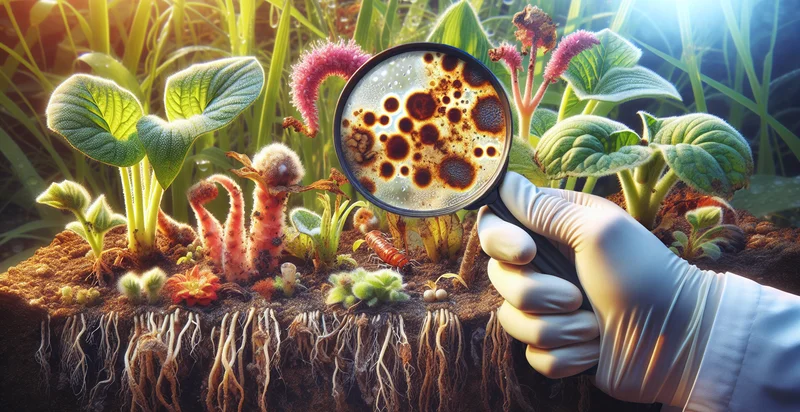Identify plant family
using AI
Below is a free classifier to identify plant family. Just upload your image, and our AI will predict what plant family it belongs to - in just seconds.

Contact us for API access
Or, use Nyckel to build highly-accurate custom classifiers in just minutes. No PhD required.
Get started
import nyckel
credentials = nyckel.Credentials("YOUR_CLIENT_ID", "YOUR_CLIENT_SECRET")
nyckel.invoke("plant-family", "your_image_url", credentials)
fetch('https://www.nyckel.com/v1/functions/plant-family/invoke', {
method: 'POST',
headers: {
'Authorization': 'Bearer ' + 'YOUR_BEARER_TOKEN',
'Content-Type': 'application/json',
},
body: JSON.stringify(
{"data": "your_image_url"}
)
})
.then(response => response.json())
.then(data => console.log(data));
curl -X POST \
-H "Content-Type: application/json" \
-H "Authorization: Bearer YOUR_BEARER_TOKEN" \
-d '{"data": "your_image_url"}' \
https://www.nyckel.com/v1/functions/plant-family/invoke
How this classifier works
To start, upload your image. Our AI tool will then predict what plant family it belongs to.
This pretrained image model uses a Nyckel-created dataset and has 30 labels, including Apiaceae, Asparagaceae, Asteraceae, Asteridaceae, Betulaceae, Brassicaceae, Bromeliaceae, Caryophyllaceae, Chenopodiaceae and Cucurbitaceae.
We'll also show a confidence score (the higher the number, the more confident the AI model is around what plant family it belongs to).
Whether you're just curious or building plant family detection into your application, we hope our classifier proves helpful.
Related Classifiers
Need to identify plant family at scale?
Get API or Zapier access to this classifier for free. It's perfect for:
- Agricultural Disease Management: Farmers can utilize the plant family identifier to detect signs of disease in crops. By identifying the specific plant family affected, farmers can receive tailored treatment recommendations and improve their overall crop health.
- Botanical Research: Researchers in botany can leverage this classification function to enhance their studies on plant evolution and relationships among species. Accurate family identification facilitates the collection of data on various plants and helps in understanding ecological interactions.
- Sustainable Landscaping: Landscape architects can use the plant family identifier to select suitable plants for gardens and public spaces. By ensuring that plants chosen belong to compatible families, they can promote biodiversity and minimize maintenance efforts.
- E-commerce Plant Sales: Online plant retailers can implement this function to enhance their product listings with accurate family classifications. Customers can make more informed purchasing decisions based on plant family characteristics, ensuring better compatibility with their gardening needs.
- Education and Training: Educational institutions offering courses in botany and horticulture can incorporate this identifier into their curriculum. It can be used as a teaching tool to help students quickly learn and recognize plant families, improving their plant identification skills.
- Environmental Conservation: Conservation organizations can use the plant family identifier to track and monitor endangered plant species. By identifying key families and their distributions, they can formulate effective conservation strategies and prioritize areas for preservation.
- Herbal Medicine Validation: Companies in the herbal medicine sector can utilize this classification function to verify the medicinal plants used in their products. Accurate plant family identification helps ensure the authenticity of herbal ingredients, supporting quality control and consumer safety.


